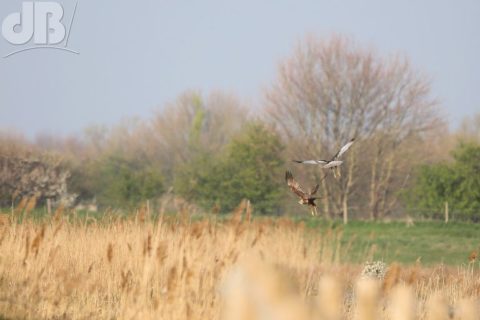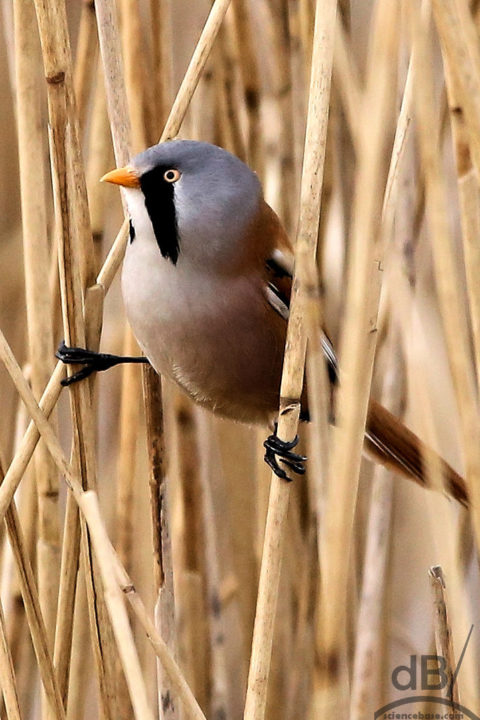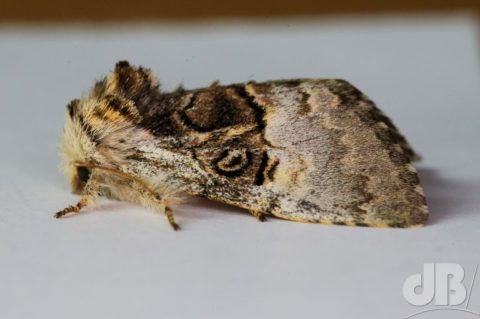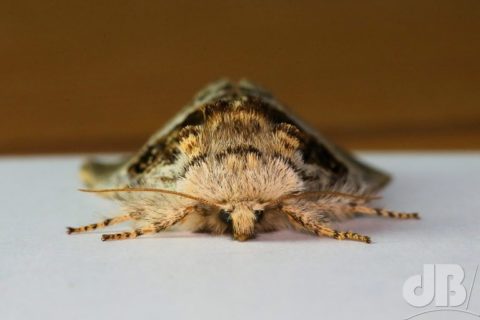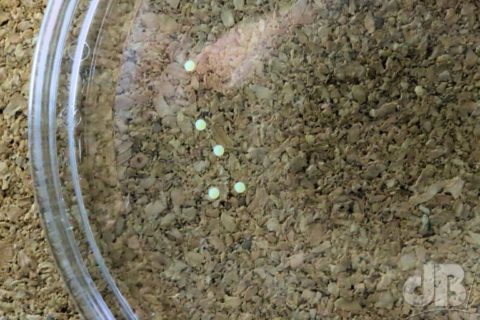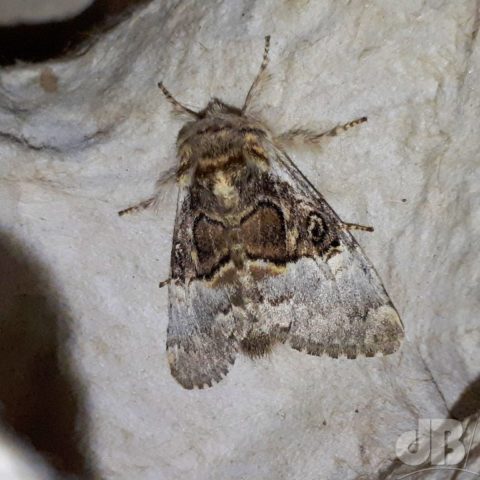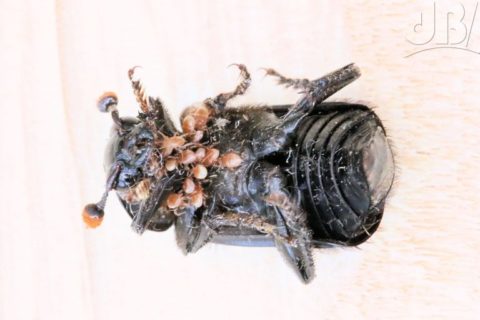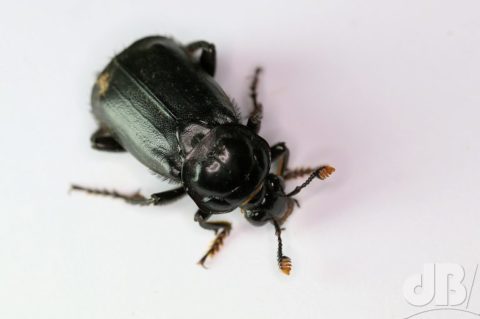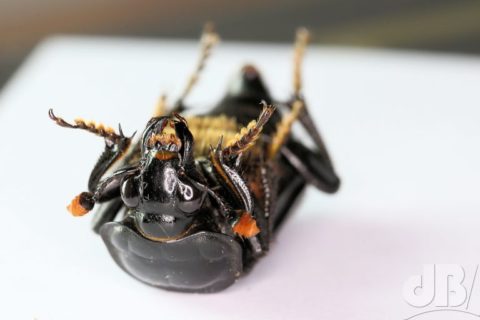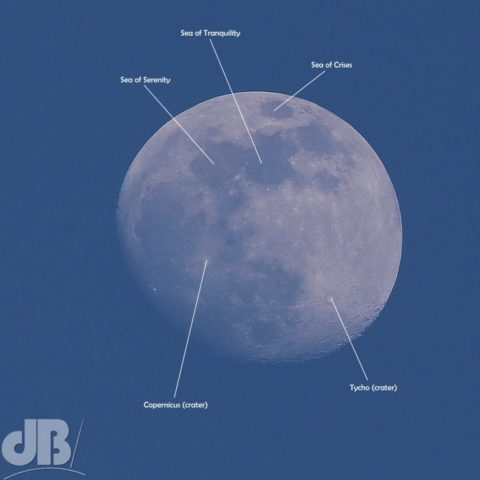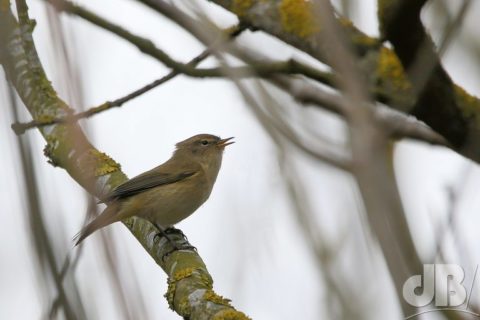@EstOdek on Twitter asked her followers a simple-seeming question
What did you want to be when you were a kid? And what are you now?
Her answer to kickstart the thread:
I wanted to be a professional rugby player or boxer. I'm now an antibody selections scientist
Well, I was born just before the Moon landings era and grew up reading every single science book I could find in the library from the space books to the dinosaurs and the sharks and whales. There was a series of novels about a team or marine biologists following the submarine passion for sharks, whales, and all the creatures of the sea. And, inspired as an 8-year old I thought I’d probably forsake being an astronaut and be a marine biologist. There was even a Marine Laboratory in the bay of my hometown of Cullercoats on the edge of Northumberland.
I don’t think I’ve ever stopped reading, always have 2-3 books on the go at once, usually a novel, and a couple of non-fiction (these days, they might be about songs, snaps, or science). By the time I got to that career-choosing age where they seem to push you along based on simply how well you pass or how badly you fail trivial memory-recall tests they call examinations, I was doing all the schools sciences – biology, chemistry, physics – and maths and the obligatory humanities ones but not music, despite getting 98% in the exam and being second in the year (I learned saxophone for a couple of terms but it used to give me headaches so I gave up. Nobody nudged me towards piano or guitar lessons, I ended up teaching myself the latter and taking a few lessons on the former when I was about 17).
Anyway, by the time O-levels came around, my biology teacher was advising me to not take that subject at A-level. So, I ended up doing maths, physics, and chemistry. The unholy trinity for boys at the time, only girls got nudged towards biology in my school for some reason. Anyway, at A-level mock exams my physics tutor was advising me to not do physics but to take chemistry at university. It feels like a shame so many years later, although I did eventually fall in love with chemistry, but it just wasn’t sharks and dinosaurs! That said, I did like all the bio and med stuff in the degree more than the inorganic content. The chemistry and all those books became the passion and as I’ve discussed several times on this blog I (obviously) became a science writer.
So, today, a close friend said they hadn’t realised that about my “career path”. I wasn’t shocked that they didn’t know, childhood passions kind of fade from memory, and although we’ve had a lot of late-night conversations where such discussion might arise, that particular one has not surfaced over a single malt.
But! Look!!!
Birds, moths, butterflies, sharks, dolphins, seals, stoats, burying beetles, bees, flowers!!!
Of course, none of this post is about regrets, you take the path you take.
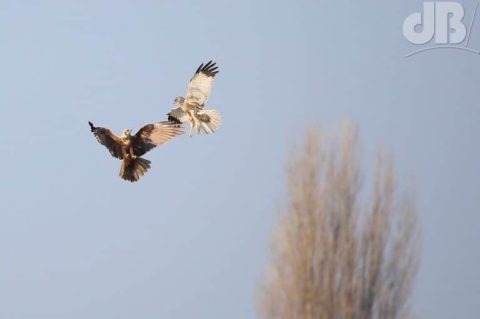
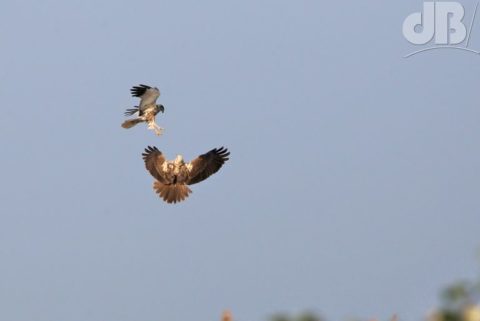 However, the big feature of the morning though was the five or six Marsh Harriers (Circus aeruginosus) that were doing their aerial courtship dance. The smaller, more patterned males with their darker heads chase the bigger females with their pale heads through the air and with each approach dive down to reed level. It’s a spectacular sight, be interesting to know how many were successful and whether numbers will rise again on this reserve.
However, the big feature of the morning though was the five or six Marsh Harriers (Circus aeruginosus) that were doing their aerial courtship dance. The smaller, more patterned males with their darker heads chase the bigger females with their pale heads through the air and with each approach dive down to reed level. It’s a spectacular sight, be interesting to know how many were successful and whether numbers will rise again on this reserve.